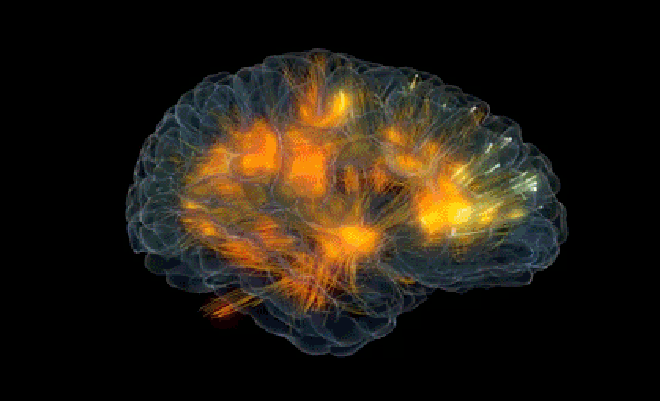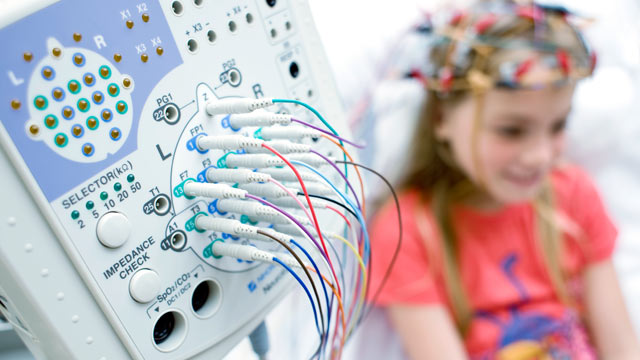Neuroscientists may have pinpointed the cause of anxiety that could help in a breakthrough treatment
The classic definition of the anxiety disorder is excessive fear experienced by a person when faced with a situation or in response to a particular stimulus. According to the World Mental Health Survey, on average the chances of anyone having an anxiety disorder in a lifetime is around 25%. Simply put, one in every four people is susceptible to experience anxiety.
Although anxiety disorders starts early in life, many adults can experience it for the first time in adulthood. This mental disorder is generally associated with poor workplace and school performances apart from the suffering the person dealing with the anxieties experiences.
Given how significantly challenging it is to manage anxiety in a day to day life, there is an urgent need to determine its causes and possible cure. Recent studies and work in the field of neuroimaging are assisting neuroscientists to study the brain circuits that may be involved with anxiety disorder.
Since anxiety disorders consist of excessive fear, neuroscientists are studying the fear circuits in animals. For this, they are examining the neurocircuitry which is involved with fear responses. By using mice and light rays, these neuroscientists have pinpointed the source of anxiety in human brains. This breakthrough discovery will allow physicians to find effective anxiety treatments for the disorder.
The experiments on rodents have determined the so-called anxiety cells in the hippocampus region in their brains. By using a beam of light, researchers were able to manipulate the level of anxiety in these cells. As per Mazen Kheirbek, the lead investigator on this joint study carried out by UCSF and Columbia University, “This is exciting because it represents a direct, rapid pathway in the brain that lets animals respond to anxiety-provoking places without needing to go through higher-order brain regions.”
With the use of rays of light, the scientists tracked the brain activities in freely moving rats to get the real-time feedback of anxiety neurons in their brains. Through this experiment, they could determine how these neurons acted during stressful situations.
Upon suppressing these anxiety neuron pathways, these animals were more comfortable in previously scary situations. Furthermore, the study also demonstrated that when the scientists stimulated these pathways, the rats exhibited stressful behavior, even in a safe environment.
As of now, the most commonly prescribed treatments for anxiety consist of pharmaceutical drugs, relaxation exercises and now biofeedback therapy. Among other medications used for treatment of anxieties, there is increased usage of antidepressants. But these drugs are repeatedly questioned since they are either over-prescribed or ineffective. They also often have significant and undesirable side effects. In most cases of anxiety disorders, other methods can treat the symptoms.
The recent finding is compelling others to look for more precise and less invasive ways to treat anxiety. The advancement in the study could mean an alternative breakthrough treatment to cure this mental disorder.
Although there is a long way to find a perfect cure for anxiety disorders, this new finding has opened a door full of possibilities for all the neuroscientists and physicians and all those suffering from the disorder.
For an effective, proven, drug free anxiety treatment using biofeedback therapy please contact us for a free consultation to see how we can help you or those you care about.





